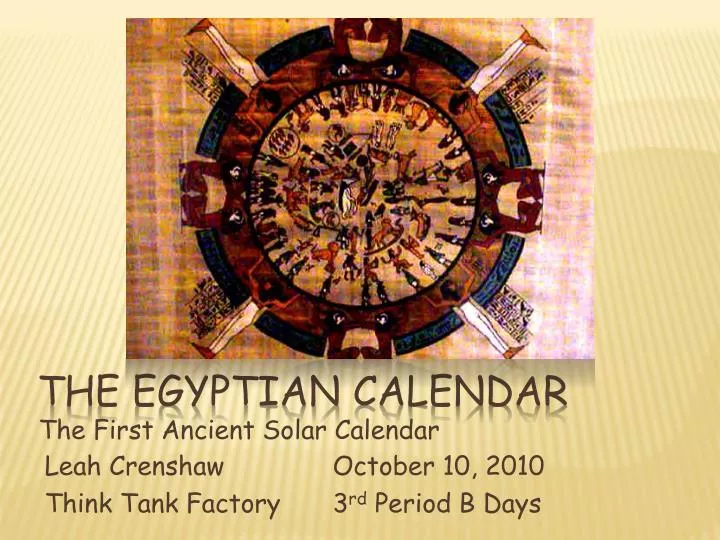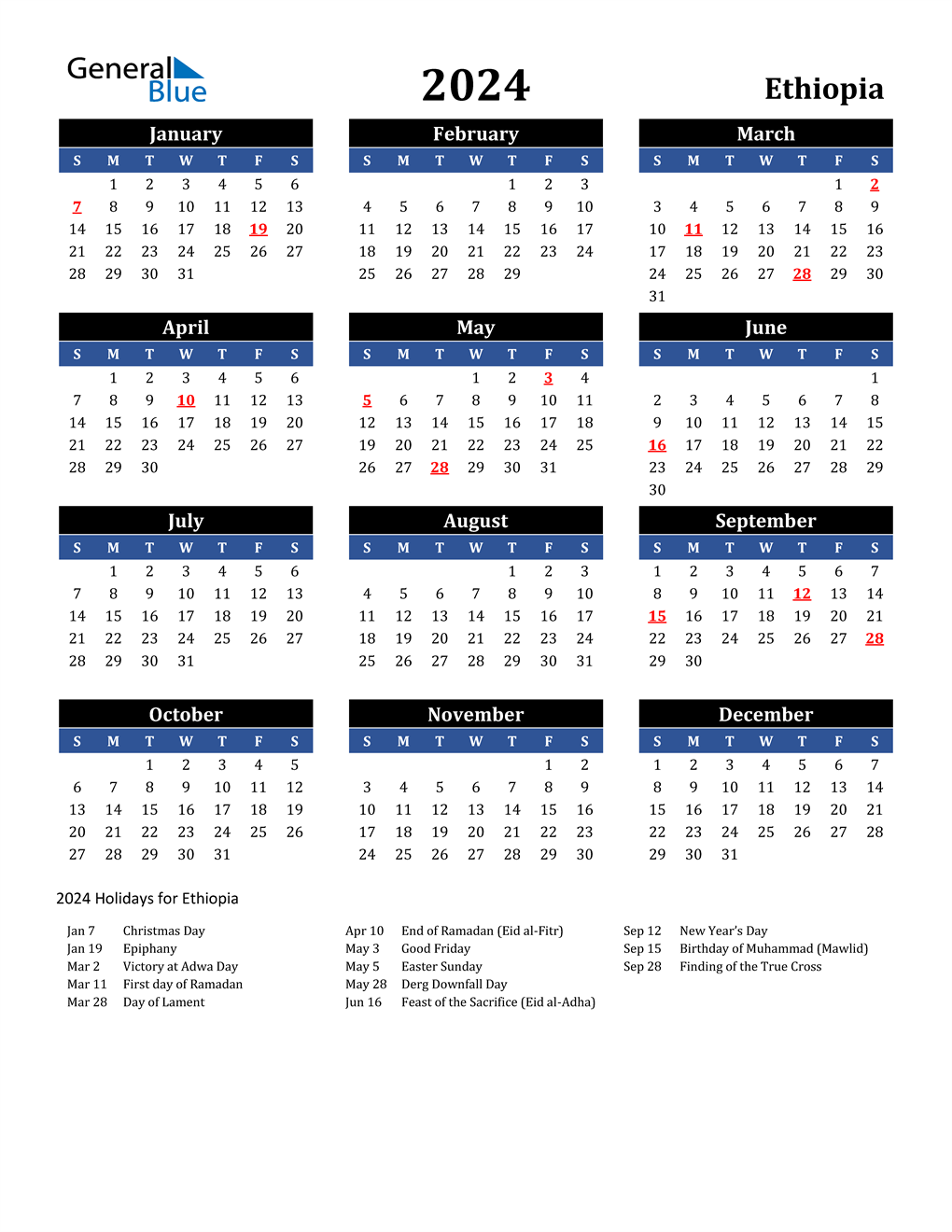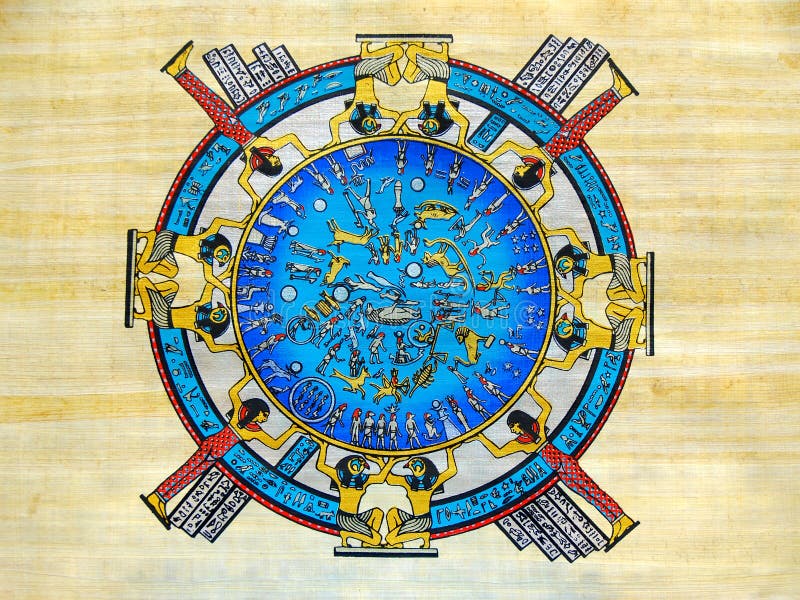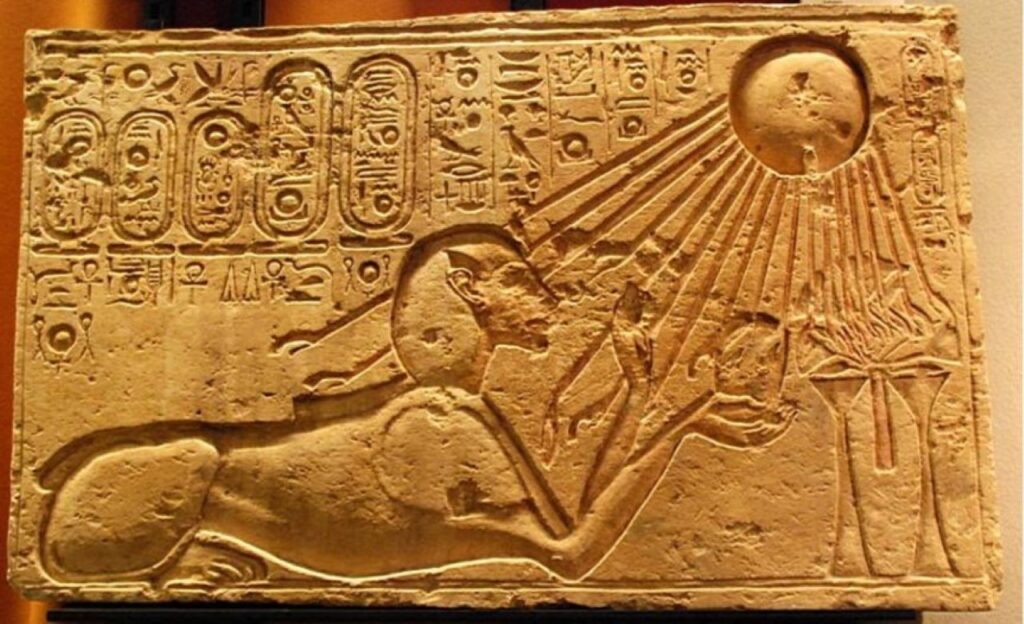The Intricate Web of the 2025 Egyptian Calendar: A Journey Through Time and Tradition
Related Articles: The Intricate Web of the 2025 Egyptian Calendar: A Journey Through Time and Tradition
- 2025 Calendar Online Free Printable: Plan Your Year With Ease
- April 2025 Calendar Canada Printable
- Malayala Manorama Calendar November 2025: A Timeless Tradition Of Knowledge And Entertainment
- Free Printable Year Calendar 2025: Plan Your Year With Ease
- Miami-Dade County Public Schools 2025-2026 Academic Calendar
Introduction
In this auspicious occasion, we are delighted to delve into the intriguing topic related to The Intricate Web of the 2025 Egyptian Calendar: A Journey Through Time and Tradition. Let’s weave interesting information and offer fresh perspectives to the readers.
Table of Content
Video about The Intricate Web of the 2025 Egyptian Calendar: A Journey Through Time and Tradition
The Intricate Web of the 2025 Egyptian Calendar: A Journey Through Time and Tradition
The ancient land of Egypt, a cradle of civilization, has a rich and complex history that is inextricably intertwined with its unique calendar system. The Egyptian calendar, a testament to the ingenuity and astronomical prowess of the ancient Egyptians, has evolved over millennia, reflecting the cultural, religious, and agricultural rhythms of this enigmatic land.
The Solar Basis and the Wandering Year
At its core, the Egyptian calendar is a solar calendar, aligning itself with the Earth’s orbit around the Sun. The year is divided into 12 months, each consisting of 30 days, with an additional five epagomenal days added at the end of the year to complete the 365-day solar cycle.
However, the Egyptian calendar differs from the Gregorian calendar, which is widely used today, in one significant aspect: it does not account for the quarter-day difference between the Earth’s orbit and the 365-day calendar year. As a result, the Egyptian calendar gradually "drifts" away from the solar year, completing a full cycle every 1,460 years. This phenomenon is known as the "wandering year."
The Three Seasons of the Nile
The Egyptian calendar is also deeply rooted in the agricultural rhythms of the Nile River, the lifeblood of ancient Egypt. The year is divided into three distinct seasons, each associated with a specific phase of the Nile’s annual cycle:
- Akhet (Inundation): From mid-July to mid-November, the Nile floods its banks, inundating the surrounding land and enriching the soil for agriculture. This season is a time of great abundance and prosperity.
- Peret (Winter): From mid-November to mid-March, the Nile recedes, leaving behind fertile soil for planting crops. This season is characterized by cool temperatures and abundant rainfall.
- Shemu (Summer): From mid-March to mid-July, the Nile is at its lowest level, and the land is dry and hot. This season is a time of harvest and preparation for the upcoming inundation.
Religious and Cultural Significance
Beyond its practical applications, the Egyptian calendar also holds deep religious and cultural significance. The five epagomenal days at the end of the year are dedicated to the gods Osiris, Horus, Seth, Isis, and Nephthys. These days are believed to be a time when the boundary between the mortal and divine realms is blurred, allowing for communication with the gods.
The Egyptian calendar also played a crucial role in religious festivals and ceremonies throughout the year. The most important of these was the New Year’s festival, which marked the beginning of the inundation season. This festival was a time of great celebration and renewal, and it was believed to bring good fortune and prosperity for the coming year.
The 2025 Egyptian Calendar: A Snapshot
The year 2025 in the Egyptian calendar corresponds to the period from July 19, 2024, to July 18, 2025, in the Gregorian calendar. This year falls within the 17,250th year of the Egyptian calendar, which began in 4241 BCE.
The following table provides a detailed breakdown of the 2025 Egyptian calendar:
| Month | Egyptian Name | Gregorian Dates | Season |
|---|---|---|---|
| 1 | Thoth | July 19 – August 17 | Akhet |
| 2 | Paopi | August 18 – September 16 | Akhet |
| 3 | Hathor | September 17 – October 16 | Akhet |
| 4 | Choiak | October 17 – November 15 | Peret |
| 5 | Tybi | November 16 – December 15 | Peret |
| 6 | Mechir | December 16 – January 14 | Peret |
| 7 | Phamenoth | January 15 – February 13 | Shemu |
| 8 | Pharmuthi | February 14 – March 15 | Shemu |
| 9 | Pachons | March 16 – April 14 | Shemu |
| 10 | Payni | April 15 – May 14 | Akhet |
| 11 | Epip | May 15 – June 13 | Akhet |
| 12 | Mesore | June 14 – July 13 | Akhet |
| Epagomenal Days | 1-5 | July 14-18 | N/A |
Conclusion
The Egyptian calendar, a testament to the ingenuity and cultural richness of ancient Egypt, continues to be a living tradition, connecting modern Egyptians to their ancient roots. Its intricate web of time, seasons, and religious significance provides a glimpse into the multifaceted nature of one of the world’s oldest civilizations. As the year 2025 approaches in the Egyptian calendar, it offers an opportunity to reflect on the enduring legacy of this ancient timekeeping system and the timeless connection it embodies between the past, present, and future of Egypt.








Closure
Thus, we hope this article has provided valuable insights into The Intricate Web of the 2025 Egyptian Calendar: A Journey Through Time and Tradition. We thank you for taking the time to read this article. See you in our next article!